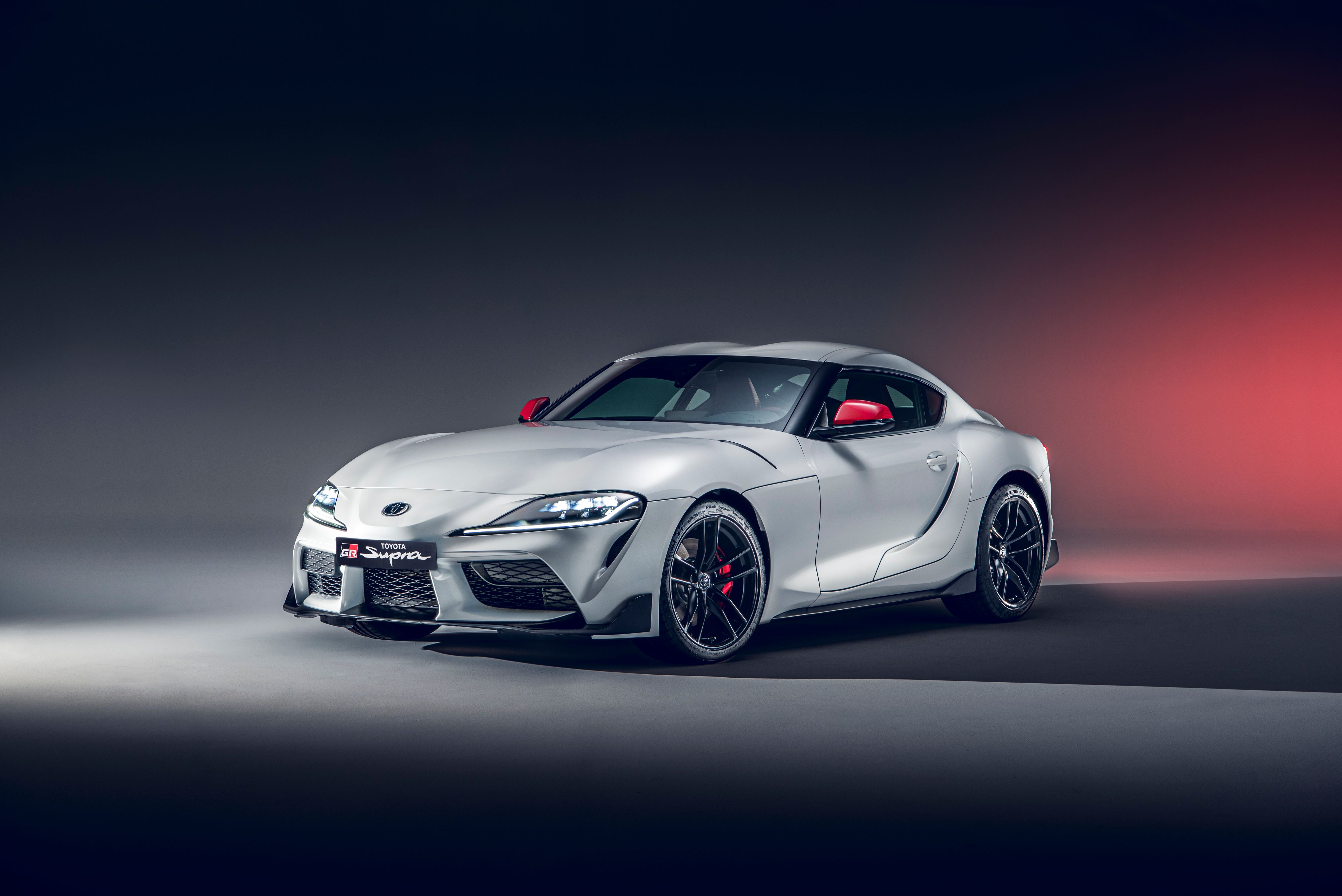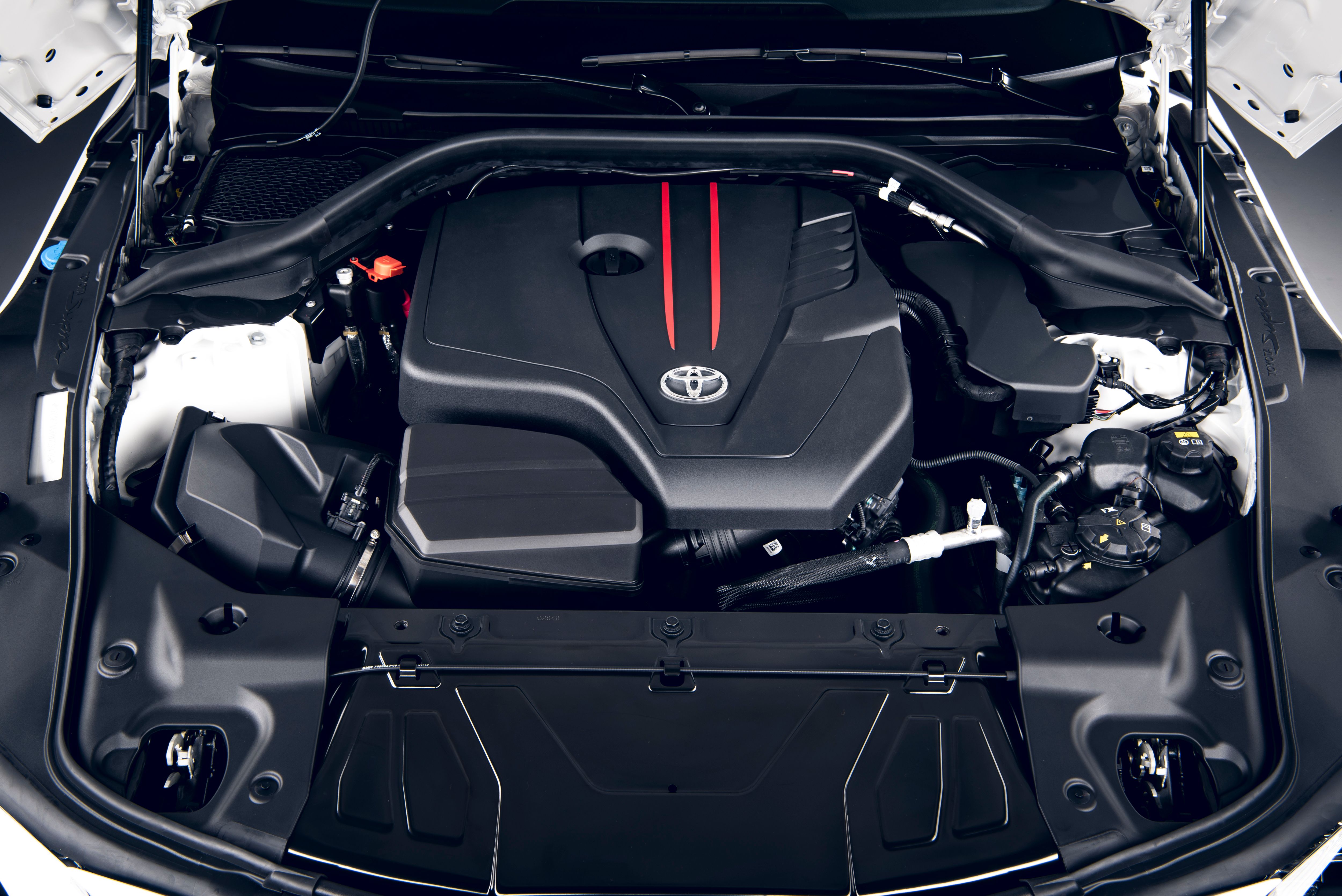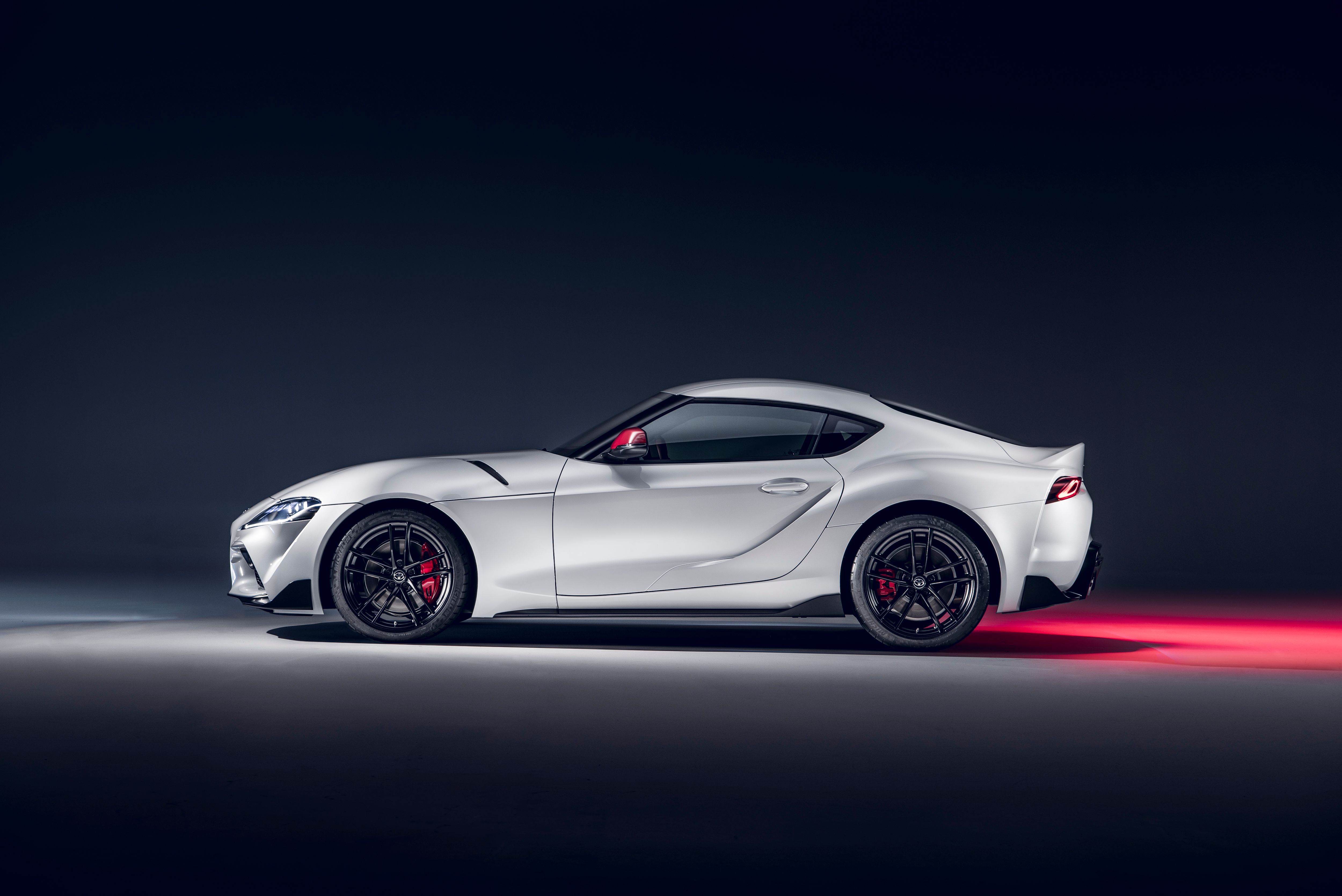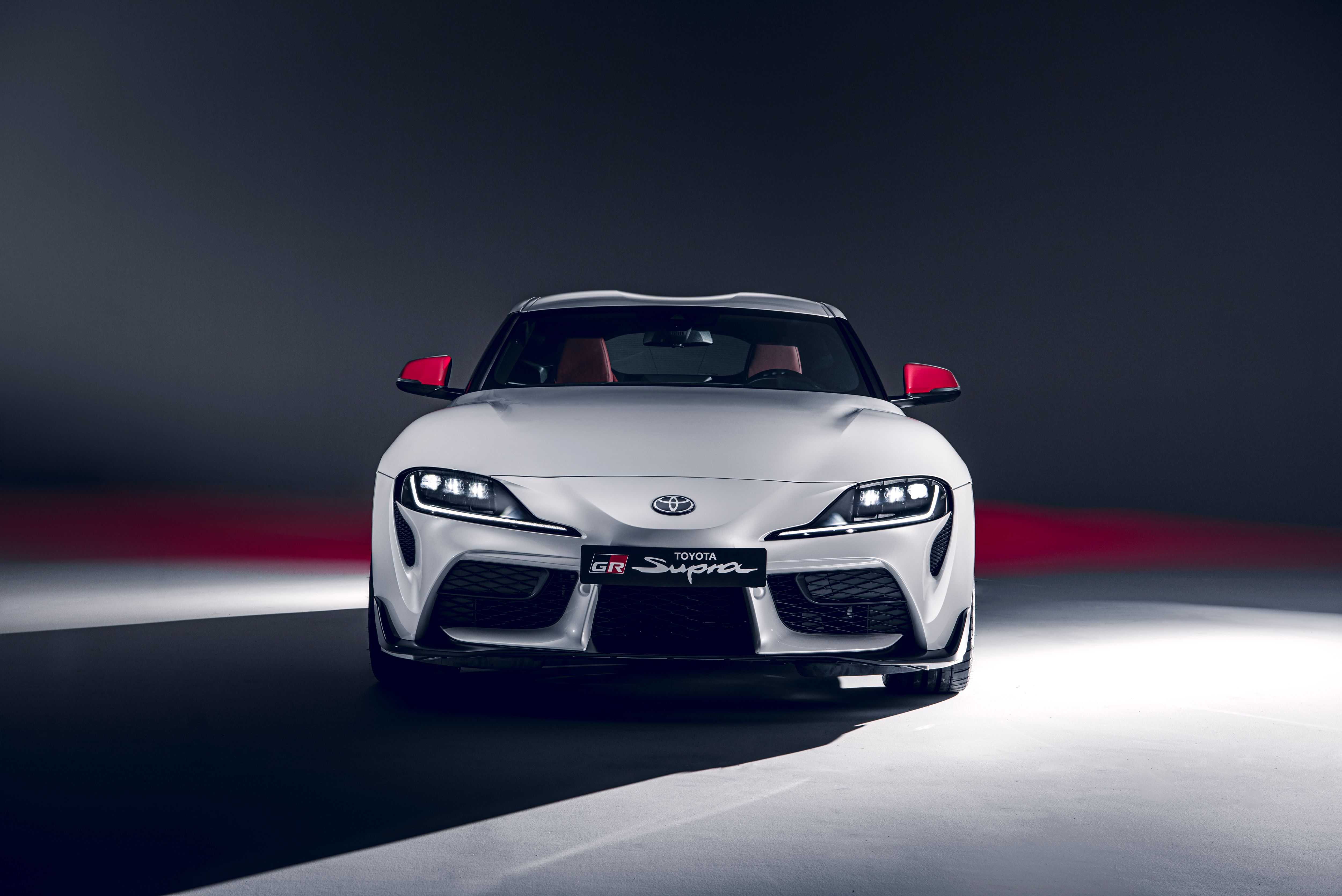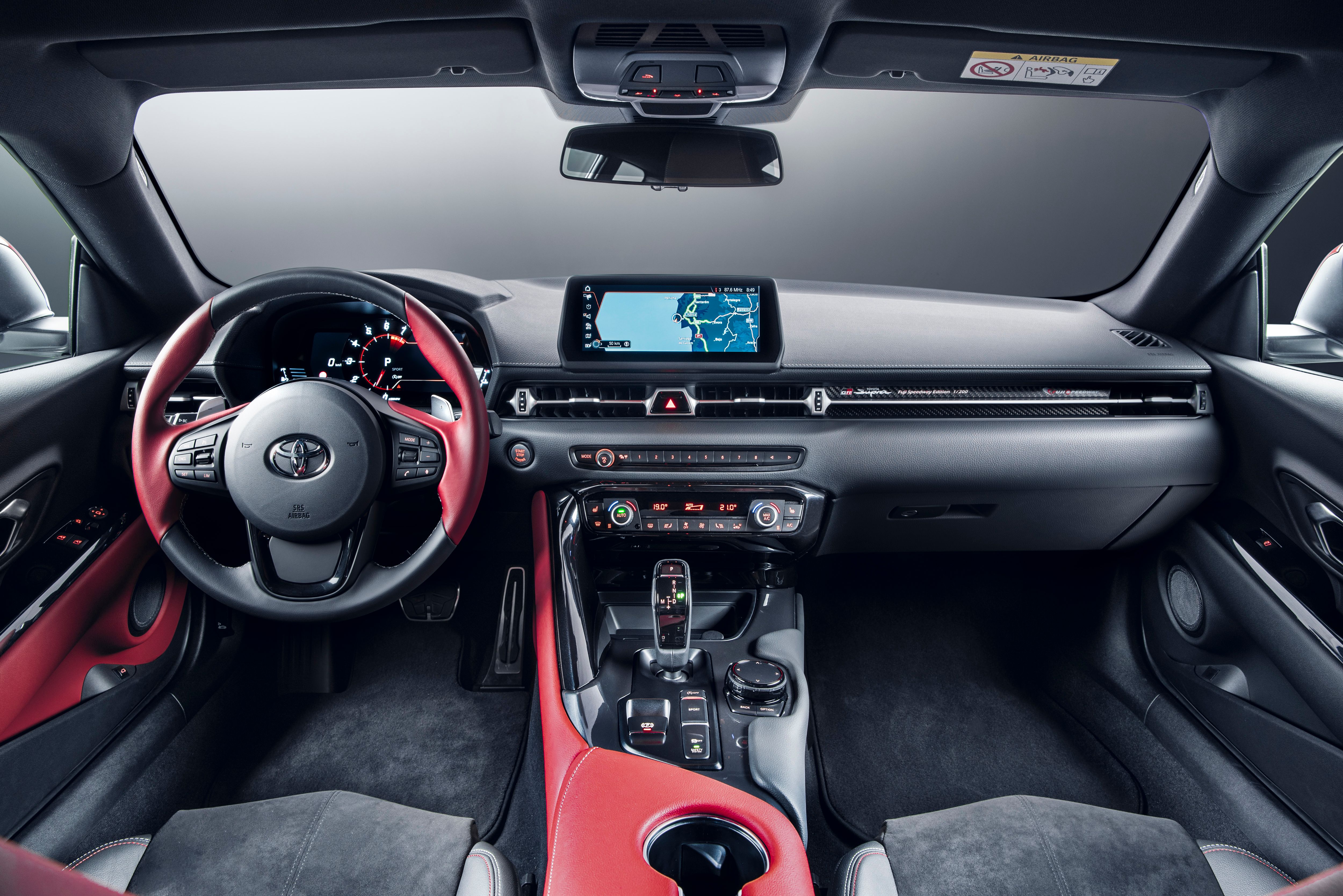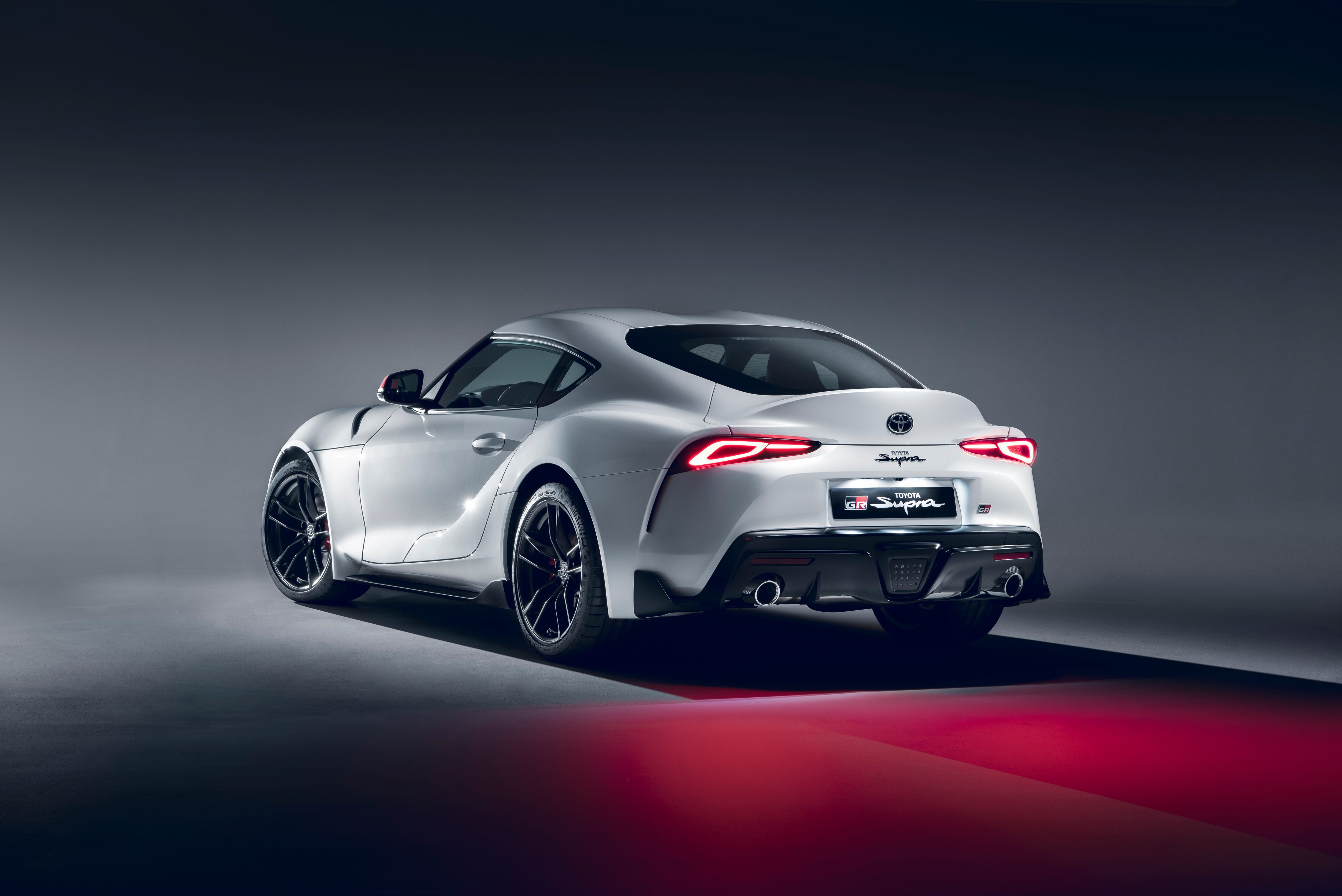As of the time of this writing, Europe and North America has only been graced with the 3.0-liter Toyota Supra. You know, the one that is rated at 335 horsepower and 365 pound-feet of torque, but was found to produce considerably more in not just one dyno run but two different dyno runs. Now, Toyota has announced that the four-cylinder Supra is coming to Europe (we’re sure it’ll come to North America soon, too) and, the truth is that it comes with a number of quirks that makes it a much better choice over the six-cylinder model. Now, let me tell you why.
The Four-Cylinder Supra Isn’t a Slouch
The 2.0-liter engine found under the hood of the four-cylinder Supra sounds like a major turn-off at first glance, but it does produce a decent 254 horsepower and 295 pound-feet of torque. That accounts for a 81-horsepower and 70 pound-foot deficit over the six-cylinder model. Be that as it may, the four-cylinder Supra can still make it to 62 mph (100 kph) in 5.2 seconds, just 1.1-seconds slower that its six-cylinder counterpart. In this case, however, the good definitely outweighs the bad...
Toyota Supra 3.0 vs 2.0
|
Engine |
3.0-liter twin-scroll turbo six |
2.0-liter, four-cylinder |
|---|---|---|
|
Horsepower |
335 HP |
254 HP |
|
Torque |
365 LB-FT |
295 LB-FT |
|
Transmission |
8-speed automatic transmission with paddle shifters |
8-speed automatic transmission with paddle shifters |
|
0 to 60 mph |
4.1 seconds |
5.2 seconds |
|
Top Speed |
155 mph |
155 mph |
What Makes the 2.0-Liter Supra Better?
The 2.0-liter Toyota Supra benefits from a number of enhancements, and it all starts with the fact that the 2.0-liter, four-cylinder engine is smaller and lighter. Because of its size, the bulk of the engine’s weight is positioned closer to the center of the vehicle. Remember, the 3.0-liter Supra has BMW’s inline-six, which means the engine’s weight extends much further into the nose, ultimately making it front-heavy. But with two less cylinders, Toyota is able to achieve a 50-50 weight distribution in the four-cylinder model. That means the car will handle impressively well and much better than the six-cylinder model. This is the story told by loyal fans of the four-cylinder, EcoBoost Mustang, and the case will be the same with the Supra – the cars with larger engines just won’t be able to outmaneuver their less-powerful counterparts.
All told, the four-cylinder Supra tips the scales at 3,075 pounds (1,395 kg) or around 220 pounds (100 kg) lighter than the six-cylinder model. And, despite the decrease in power and longer sprint times, the four-cylinder Supra will still max out at a limited 155 mph.
Does Anything Make the Four-Cylinder Toyota Supra Standout?
At a glance, there’s actually nothing that will standout and say “I’m a four-cylinder Supra.” Toyota has decided to skip on adding random “2.0” badges or anything of the sort. The entry-level “Live” specification will come with 18-inch alloy wheels, an 8.8-inch infotainment display, a four-speaker audio system, and Alcantara sports seats – not bad for an entry-level model. Naturally, there’s plenty of safety equipment too, including:
-* Pedestrian detection
-* Cyclist detection with braking
-* Lane-keep assist
-* Intelligent speed assist
-* Road sign assist
There will also be three optional packages to choose from, the most important of which being the Sport package, which includes upgraded brakes, variable suspension, and an active differential. You probably won’t want to pass up the Premium package, either, as you’ll get the 12-speaker JBL audio system to go with power seats, and a few other goodies.
Four-cylinder Supra Pricing and Availability
Pricing for the four-cylinder Supra has yet to be announced, but it goes on sale for the European market in March of 2020. Pricing details for that market should become available sometime in late-February at the latest. Avilability and pricing for the U.S. market is also a mystery, but we expect the four-cylinder Supra to make its way to North America by the end of 2020, as Toyota will want it to at least be available for the 2021 model year. Expect pricing to start out well below that of the current Supra’s MSRP of around $50,000.

